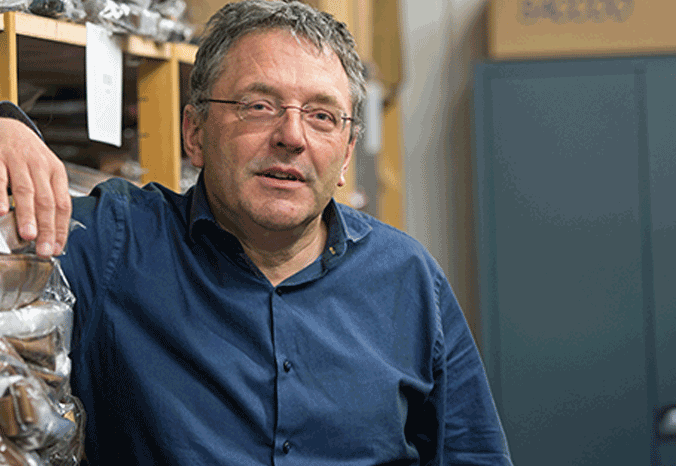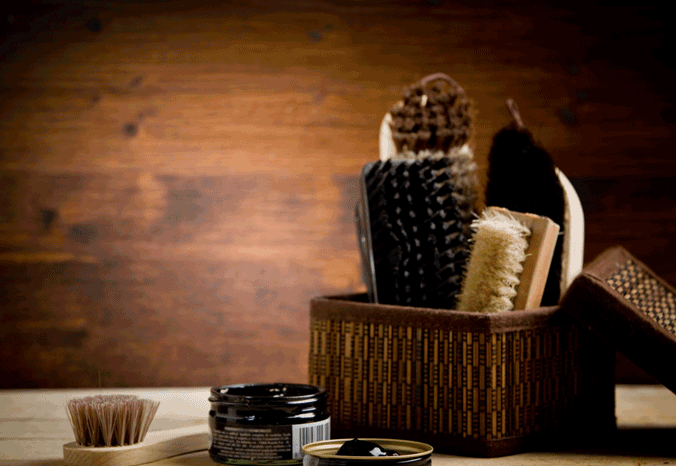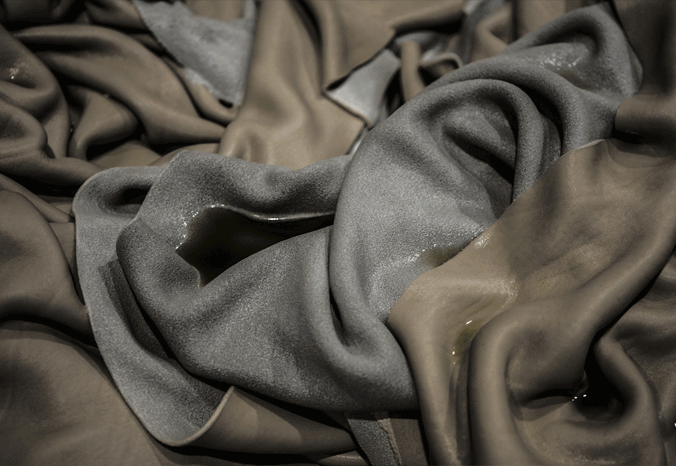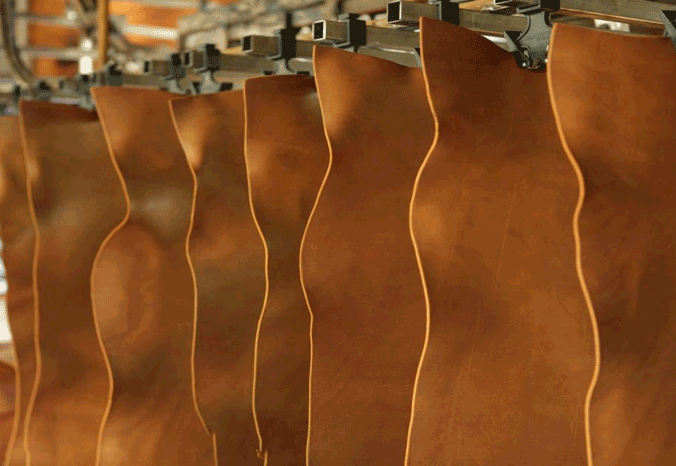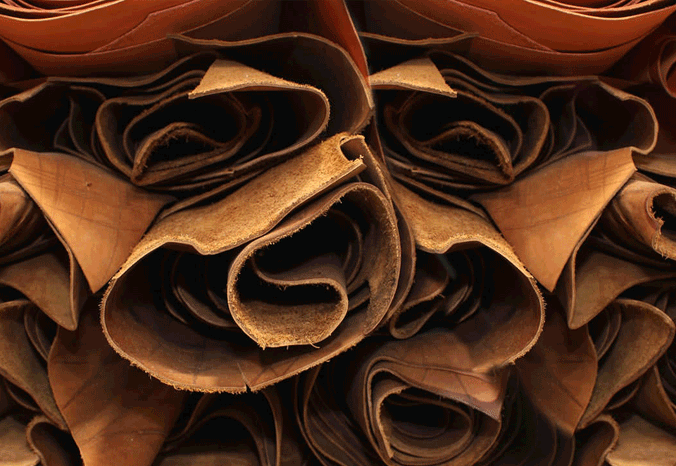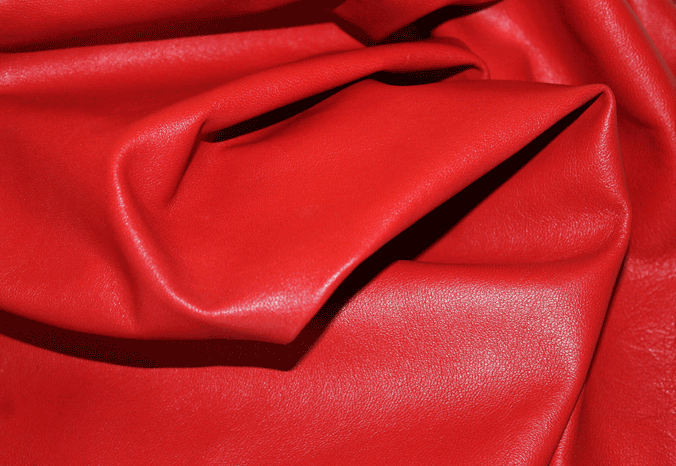Saccoo Leather is not merely a brand
It is a philosophy of authenticity and real, traditional craftsmanship. The Saccoo Leather collection is still entirely hand-made and produced only from full cow leather. The exclusive tanning process of this leather takes several weeks in order to obtain the authentic look. The leather get it’s slightly two tone effect, its durability, casual outshine and finally, its unique patina. Each bag is, because of these elements, an individual piece of craft. No two bags are the same.
JP Bosboom established Saccoo Leather in 2005. We design and create original handbags. The shapes can be ‘natural’ and ‘pure’, but all are unusual in their appearance.
Always concerned to create original, functional and stylish casual leather goods, Saccoo Leather has established itself in a relative short period as the leading brand in it’s sector.
to create the world's most innovative casual and sportive leatherbags with an environmental approach and be excellent in all of our relationships.
Contained in our mission is the concept of "being excellent to each other". It is crucially important to us to ensure that everyone who interacts with our company is not only 'not mis-treated' but that they are better off for coming in contact with us.
We believe that by developing long-term interests in commerce culture and environment, our more and more egocentric world will become a little better.
Always concerned to create original, functional and stylish casual leather goods, Saccoo Leather has established itself in a relative short period as the leading brand in it’s sector.
More about the designer. Most of our bags have been designed by JPBosboom.
Started in 1982 selling, distributing, marketing and designing LEATHERBAGS, bags designed by JPBosboom always have been rewarded because of their simplicity though very destinctive design. The materials he is using as well as in the past and also for today aways have had an ecological approach. Inspiration from the 'normal' people, met and seen during his travels all over the world
The vegetable tanned leather that we use for our products is specially selected by us. Flaws and defects in the leather are deliberately not treated with chemicals. This means that dirt, etc. can easily penetrate into the leather. Before you use your bag, treat it several times with a good maintenance product. This to protect your bag from moisture, water droplets and rubbing of to clothing.
For maintenance of your bag, we recommend a leathercare-spray or Connolly Hide Care. After purchasing your bag maintain it with intervals of at least 1 hour 3 times.
Grain, color variations and small defects are characteristic of a truly natural product. The environmentally conscious tanning of the leather may initially rub off slightly. We ask that you take this into account. A general warranty on rubbing off and water stains can not be given.
Leather starts as a raw animal hide at the slaughtering house where it is put into a shipping container packed with salt. The salt is enough to preserve the hide for an almost indefinite amount of time. These containers of raw hide are then bought by tanneries on the open commodities market.
In order for the hides to be of any functional use, they need to be preserved through the process of tanning.
Tanning is the act of preserving a hide by removing all of the flesh, hair, moisture and oils and soaking the hide in the tanning solution of choice. There are 3 main types of tanning processes and only one that is used for 80% of leather produced:
Veg-tan is considered the original, “true” tanning. The leather is tanned in vats with the extracts of bark and leaves from a variety of tree species, mainly oak. The reason it is considered “true” tanning is because the word “tanning” actually derived from the process of using the tree “tannins” to treat the hide.
Unfinished and untreated veg-tan leather is a light tan/pink colour that has a look of “raw” leather. It is a lot stiffer than chromium salt tanning and can also be sensitive to water.
Veg-tan leather is most suited to applications where very heavy-duty leather is required such as saddlery and horse tack, belts, luggage, baseball gloves, medieval costuming, and high-end wallets.
Oil tanning is a rare practice that was originally derived from using the oil in the brain of the animal to preserve the hide, as per the saying, “Every animal has enough brains to save it’s own hide.” Oil tanning, typically, also involves using smoke to “lock” in the tan and to preserve the hide’s stretch.
This type of leather is common among hunters and home-tanning enthusiasts but rare for commercial supply. When smoked, it is easily distinguished by the strong, acrid smoke smell the leather has. Many types of “oil tanned” leather on the market are actually veg-tan leather that has been impregnated with oil to make it supple and water-resistant.
This is the finest of leather: the original grain of the animal’s skin is clearly visible and is free of defects. On a hide, there is only one layer of top-grain so it is extremely valuable. These hides are usually used for only high-end upholstery applications, leather shoes, and high-end leather goods.
TOP-GRAIN
Top-grain is similar to full-grain, however, because of the different ways the animals may be raised, the hide may have a certain number of defects, which are often corrected. These defects may include scars and cuts from barbed-wire fence, branding, and holes from parasites that may have burrowed through the animal’s skin (although parasitic holes cannot be ‘corrected’).
Defects are corrected by lightly sanding off the original grain from the hide and using an embossing stamp to imprint a new grain pattern.
Top-grain is typically used to make “distressed” or other types of leathers with extra finishing processes applied.
However, the stamp used to imprint a new grain may either be a bovine print or it may be one of a variety of other animals such as an alligator or snake. The majority of exotic animal leather available on the market is actually corrected-grain bovine leather.
© 2016 SACCOO AMSTERDAM LEATHER

